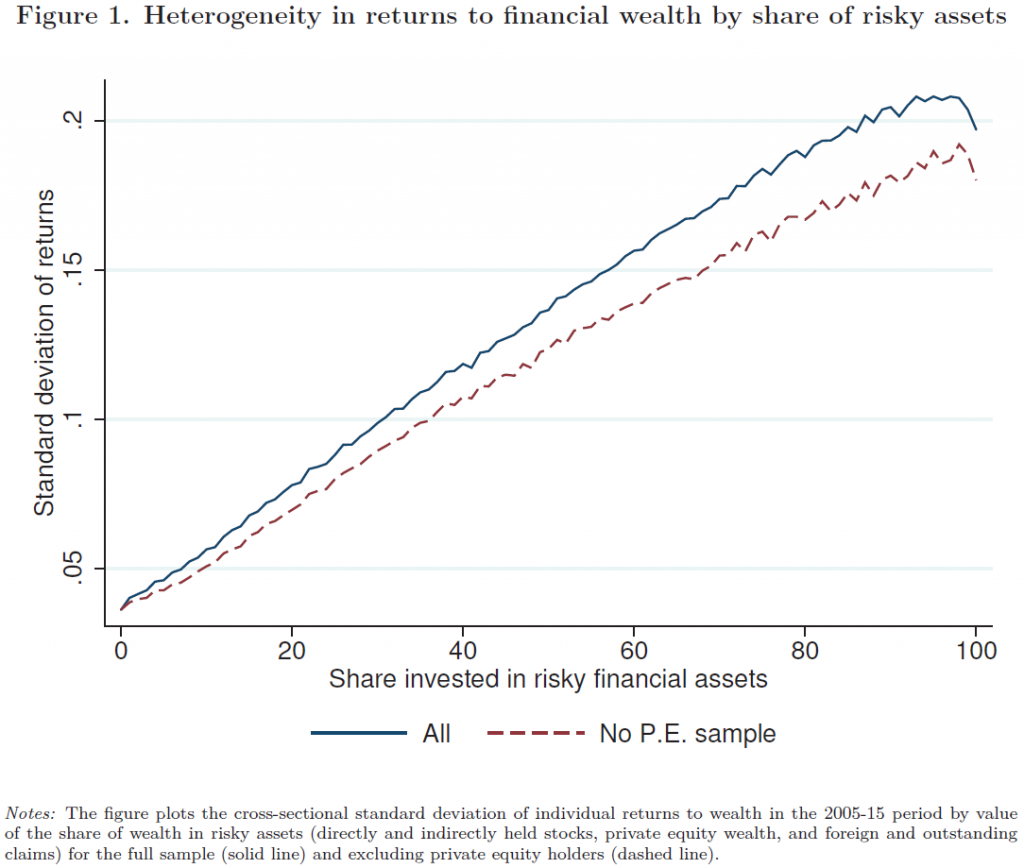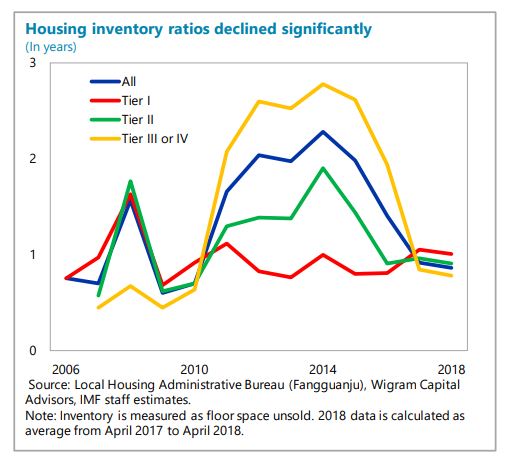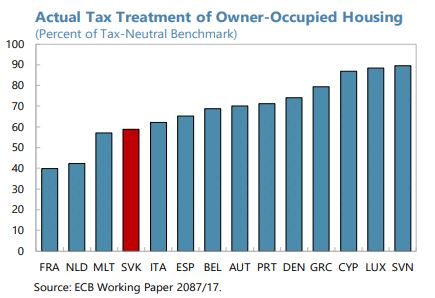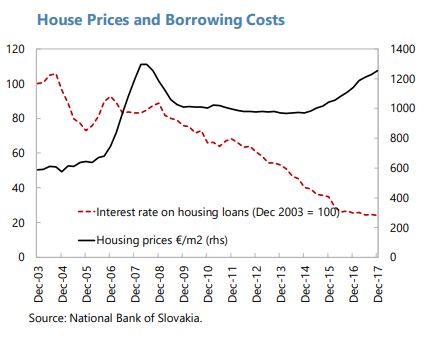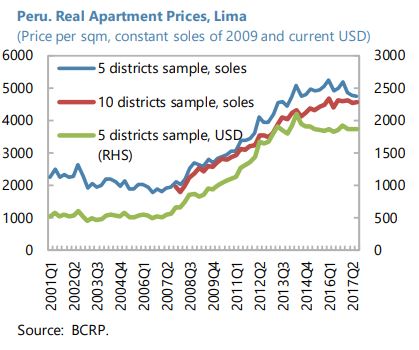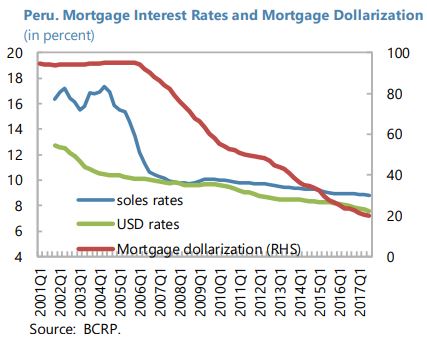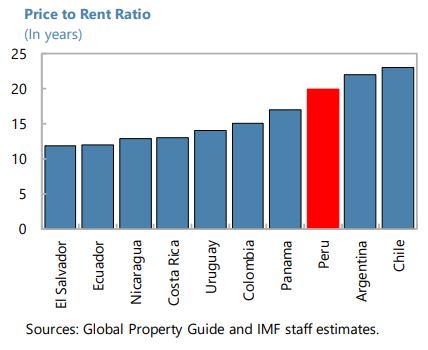Sunday, July 29, 2018
Heterogeneity and Persistence in Returns to Wealth
From a new IMF working paper:
“We provide a systematic analysis of the properties of individual returns to wealth using twelve years of
population data from Norway’s administrative tax records. We document a number of novel results.
First, during our sample period individuals earn markedly different average returns on their financial
assets (a standard deviation of 14%) and on their net worth (a standard deviation of 8%). Second,
heterogeneity in returns does not arise merely from differences in the allocation of wealth between safe
and risky assets: returns are heterogeneous even within asset classes. Third, returns are positively
correlated with wealth: moving from the 10th to the 90th percentile of the financial wealth distribution
increases the return by 3 percentage points – and by 17 percentage points when the same exercise is
performed for the return to net worth. Fourth, wealth returns exhibit substantial persistence over time.
We argue that while this persistence partly reflects stable differences in risk exposure and assets scale,
it also reflects persistent heterogeneity in sophistication and financial information, as well as
entrepreneurial talent. Finally, wealth returns are (mildly) correlated across generations. We discuss the
implications of these findings for several strands of the wealth inequality debate.”
From a new IMF working paper:
“We provide a systematic analysis of the properties of individual returns to wealth using twelve years of
population data from Norway’s administrative tax records. We document a number of novel results.
First, during our sample period individuals earn markedly different average returns on their financial
assets (a standard deviation of 14%) and on their net worth (a standard deviation of 8%).
Posted by at 3:41 PM
Labels: Inclusive Growth
Friday, July 27, 2018
Housing Market in China
The IMF’s latest report on China says that:
- “Housing inventories in smaller cities declined considerably, due in part to social housing programs. House price growth moderated following the tightening measures since late 2016.”
- “A more sustainable housing market. The government’s “long-term mechanism for housing” appropriately focuses on addressing fundamental supply-demand imbalances. Ensuring long-run sustainability of the housing market requires increasing land supply for residential housing, promoting rental markets, and reducing the reliance of local governments on land sales. De-emphasizing growth targets would allow housing investment to be driven by long-run fundamentals, rather than the need to manage economic cycles. Staff’s projection indicates that residential investment, a key growth engine over the last decade, will decline as a share of GDP over the medium term as household income and consumption growth moderates.”
The IMF’s latest report on China says that:
- “Housing inventories in smaller cities declined considerably, due in part to social housing programs. House price growth moderated following the tightening measures since late 2016.”
- “A more sustainable housing market. The government’s “long-term mechanism for housing” appropriately focuses on addressing fundamental supply-demand imbalances. Ensuring long-run sustainability of the housing market requires increasing land supply for residential housing,
Posted by at 3:50 PM
Labels: Global Housing Watch
Housing View – July 27, 2018
On the US:
- Gen X rebounds as the only generation to recover the wealth lost after the housing crash – Pew Research Center
- ‘Severe’ housing shortage hits US home sales, lifts prices – Financial Times
- Airbnb pulled out every trick to stop NYC from curbing rentals – CNET
- The Millionaire’s Mortgage – Slate
- How Washington could actually make housing more affordable – CNN
- When Black Lawmakers Get Elected, Zoning Decisions Change – CityLab
On other countries:
- [China] Stabilizing China’s Housing Market – VoxChina
- [United Kingdom] Millennials must fight for their right to housing – Financial Times
- [United Kingdom] London house prices are falling, and remain as unaffordable as ever – Quartz
Photo by Aliis Sinisalu
On the US:
- Gen X rebounds as the only generation to recover the wealth lost after the housing crash – Pew Research Center
- ‘Severe’ housing shortage hits US home sales, lifts prices – Financial Times
- Airbnb pulled out every trick to stop NYC from curbing rentals – CNET
- The Millionaire’s Mortgage – Slate
- How Washington could actually make housing more affordable – CNN
- When Black Lawmakers Get Elected,
Posted by at 5:00 AM
Labels: Global Housing Watch
Thursday, July 26, 2018
Housing Market in Slovak Republic
The latest IMF’s report on Slovak Republic says that:
“To complement macroprudential policy efforts, consideration could be given to reducing tax subsidies for owner-occupied housing (…). Staff’s analysis shows that the tax on owner-occupied housing in Slovakia is just 58 percent of the tax-neutral benchmark indicating sizable subsidies consisting of untaxed capital gains and exemption of imputed rent. In Slovakia, main residences are exempt from capital gains tax after 2 years of tenure, which contributes to tax subsidy. The average subsidy on untaxed capital gains could be reduced from the current level of 18 percent to bring it in line with the EU average of 13 percent. In addition, there are also direct subsidies for home ownership for individuals under the age of 35.”
The latest IMF’s report on Slovak Republic says that:
“To complement macroprudential policy efforts, consideration could be given to reducing tax subsidies for owner-occupied housing (…). Staff’s analysis shows that the tax on owner-occupied housing in Slovakia is just 58 percent of the tax-neutral benchmark indicating sizable subsidies consisting of untaxed capital gains and exemption of imputed rent. In Slovakia, main residences are exempt from capital gains tax after 2 years of tenure,
Posted by at 5:25 PM
Labels: Global Housing Watch
House Prices in Peru
The IMF’s latest report on Peru says that:
“Housing prices have stabilized and cross-country indicators on balance do not suggest a misalignment, although careful monitoring is warranted. Regional comparators show that Peru’s property market is still in line with the rest of the region. Although indicators of the price-to rent ratio show Peru relatively high in the distribution of Latin American countries, the absolute value of this indicator does not appear excessive. In addition, cross-country indicators of housing prices place Peru in the bottom-half of the price distribution of a broader sample of countries. Nevertheless, property price indices in Peru only reflect the capital, Lima.”
The IMF’s latest report on Peru says that:
“Housing prices have stabilized and cross-country indicators on balance do not suggest a misalignment, although careful monitoring is warranted. Regional comparators show that Peru’s property market is still in line with the rest of the region. Although indicators of the price-to rent ratio show Peru relatively high in the distribution of Latin American countries, the absolute value of this indicator does not appear excessive.
Posted by at 5:16 PM
Labels: Global Housing Watch
Subscribe to: Posts




